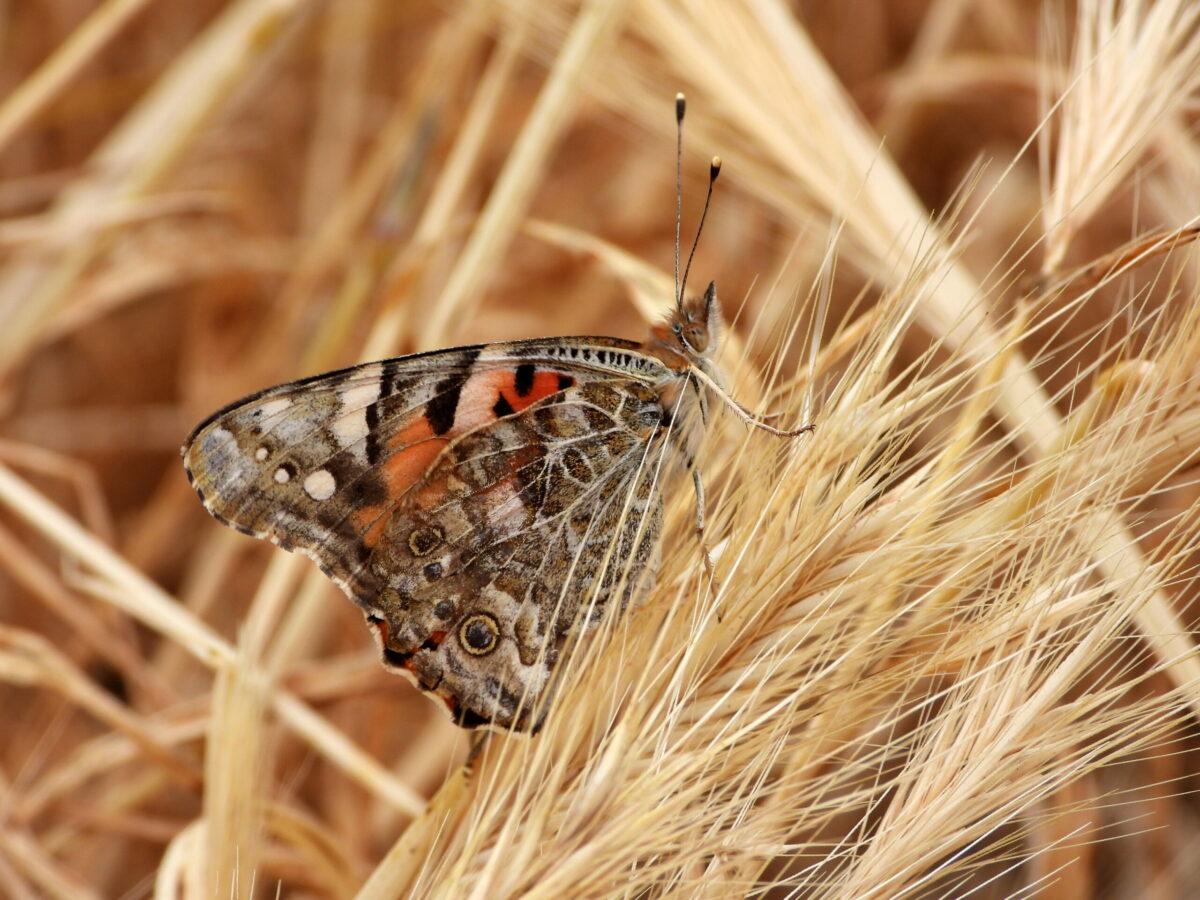The signs of spring are starting to crop up on campus: buzzing hummingbirds, chirping squirrels, and blooming flowers. UCLA is not just a habitat for Bruins — we share the campus with many wild flora and fauna. As a university located in a region of rich biological diversity —L.A. is one of the world’s biodiversity hotspots — UCLA has committed, through its sustainability plan and several other efforts, to helping all living things on campus thrive. And we’re taking that knowledge and research generated on campus grounds to advance biodiversity in our city and across the globe.
Landscape architect Ralph Cornell designed the Westwood campus to be a “college in a garden.” Across the college in a garden’s 400 acres are outdoor spaces home to over 1,700 plants, birds, insects, and other animals. These green places include the 7.5-acre Mildred E. Mathias Botanical Garden and Sage Hill, a 3.5-acre native California habitat in the northwest corner of campus.
UCLA’s Sustainability Plan takes environmental stewardship on our natural home field further — to keep the “college in a garden” healthy and flourishing. Goals in the plan are particularly critical given our changing climate and concerns like California’s ongoing drought.
The plan’s landscape and biodiversity section covers transitioning landscaping to more climate-resilient plants, more formally developing Sage Hill as an outdoor teaching and research space, supporting native pollinators, and other goals.
Southern California’s persistent drought conditions make converting campus landscaping to native and adapted species with lesser water demand an important aim. Incorporating more drought-tolerant plants keeps the campus green and still conserving water.
Representing the largest remaining patch of native California habitat in West Los Angeles and located in the northwest corner of the campus is Sage Hill. The site, home to native plant species, native mammal species, butterflies, and resident and migratory bird species, is utilized by UCLA faculty and students as an outdoor learning space. The plan is to continue restoring the area and further develop its role, with the help of academic departments across the campus, to make Sage Hill a formal place for teaching and research.
Another campus effort dedicated to advancing biodiversity is the Sustainable LA Grand Challenge. The interdisciplinary university-wide initiative aimed at applying UCLA research, expertise, and education to help transform Los Angeles into a sustainable megacity is working with Los Angeles County to move toward a more resilient environment and community for people and native wildlife.
And recently, UCLA joined an international nature coalition created by the UN Environment Programme and the University of Oxford. As a founding member of the Nature Positive Universities Alliance, UCLA, as a higher education institution, commits to taking action to help ecosystems thrive.
Any Bruin, whether headed to class, a meeting or just strolling through the botanical garden, can become a naturalist for the campus. Track what you see at UCLA through iNaturalist and contribute to the campus biodiversity project here. Start practicing those biodiversity observations now – the City Nature Challenge starts in April.


